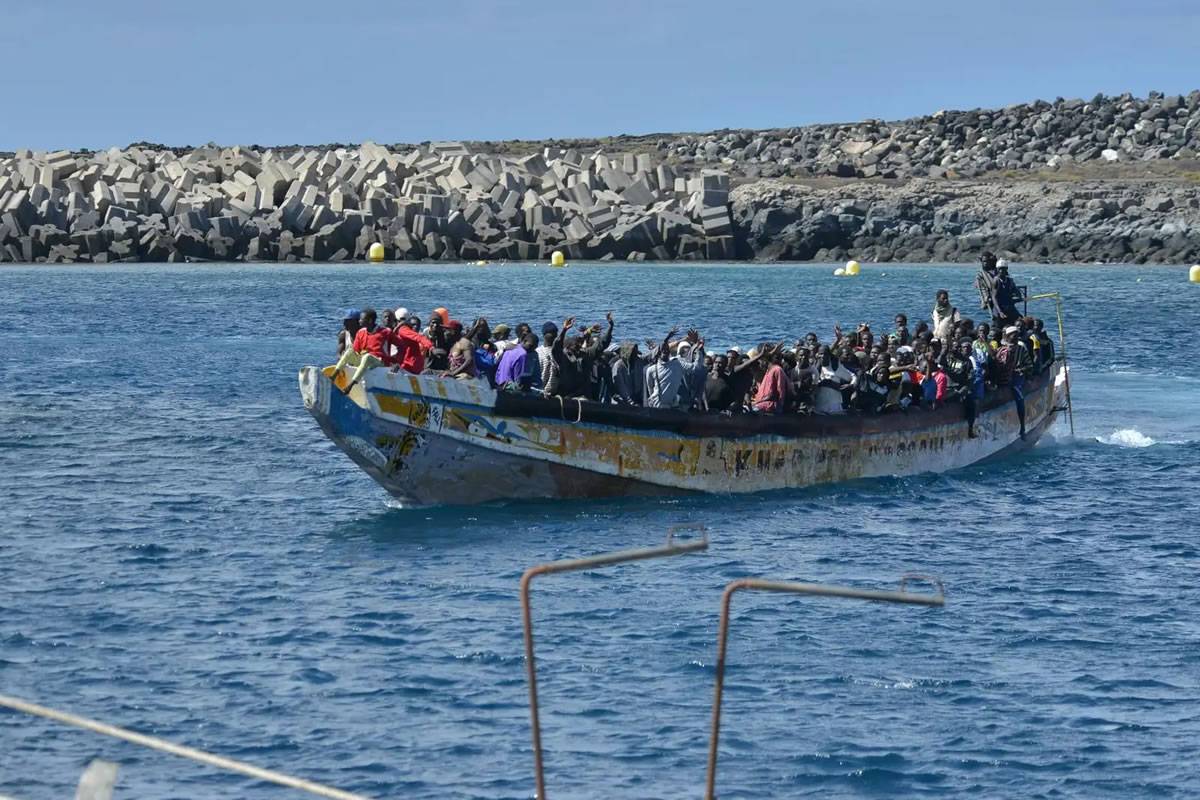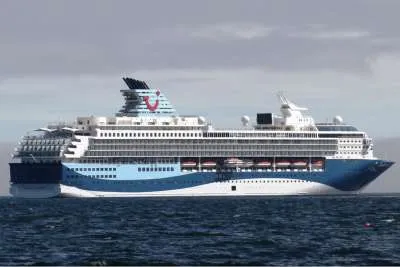Canary Islands have record high migrant arrivals of 41,000 so far in 2024
- 03-12-2024
- National
- Canarian Weekly
- Photo Credit: CW
The Canary Islands have experienced an unprecedented increase in migrant arrivals this year, with over 41,425 people reaching the archipelago in precarious boats so far this year, surpassing the total of 39,910 recorded in 2023.
This makes 2024 the year with the highest number of arrivals on record, according to data released by Spain's Ministry of the Interior.
November alone set a monthly record with 7,338 arrivals, most of which occurred during the first two weeks, accounting for 5,626 people. The figures highlight the escalating use of one of the most dangerous migratory routes in the world, connecting Africa to Europe via the Canary Islands.
Diverse Origins and Dire Circumstances
While the majority of migrants originate from sub-Saharan Africa and the Maghreb, authorities have noted an increase in arrivals from Asian countries. This shift reflects a complex mix of reasons, including poverty, armed conflicts, drought, and other crises, forcing thousands to risk their lives on the perilous Atlantic crossing in search of a better future.
One of the most harrowing images of the crisis emerged this weekend when a maritime rescue operation near El Hierro saved 57 people, including 13 women and four children, from an overloaded boat. Such rescues are becoming alarmingly frequent as the migration crisis deepens.
Emergency on the Atlantic Route
The intensifying flow of migrants to the Canary Islands contrasts with a slowdown in arrivals in other regions, such as Lampedusa, Italy. There, arrivals have decreased due to agreements between Italy and countries like Tunisia, Libya, and Egypt. Nicola Moteni, Italy’s Deputy Interior Minister, remarked, “While last year the emergency was in Lampedusa, today it is in the Canary Islands.”
Spain has also stepped up its response. In recent months, Spanish Prime Minister Pedro Sánchez visited Mauritania, Gambia, and Senegal to strengthen cooperation and develop measures to curb irregular migration.
Increase in Number of Migrant Minors
The surge in migrant arrivals has placed significant pressure on resources in the Canary Islands. The regional government recently announced plans to establish additional facilities to accommodate unaccompanied minors, a growing demographic among those arriving on the islands.
The Canary Islands have received a total of 5,699 unaccompanied migrant minors so far this year, 13% of the total number of arrivals. In November alone the islands received 1,004 minors.

Other articles that may interest you...
Trending
Most Read Articles
Featured Videos
A Vision of Elvis Tenerife Promo
- 10-05-2025
TEAs 2025 Highlights
- 17-11-2025


























































